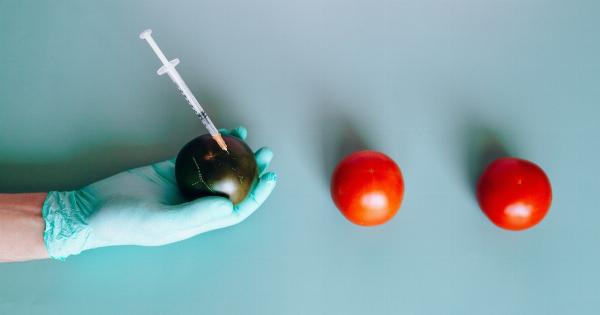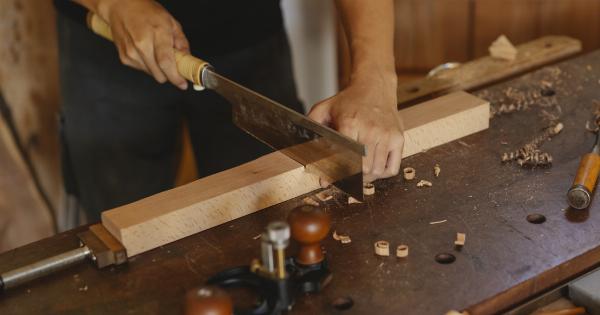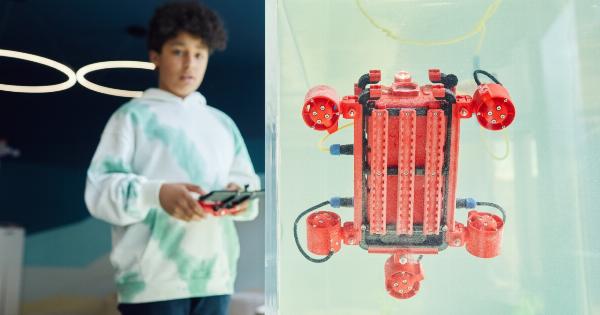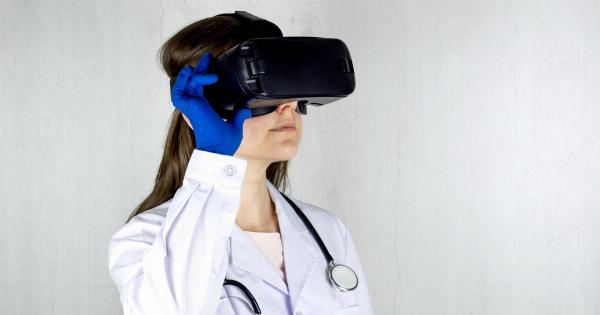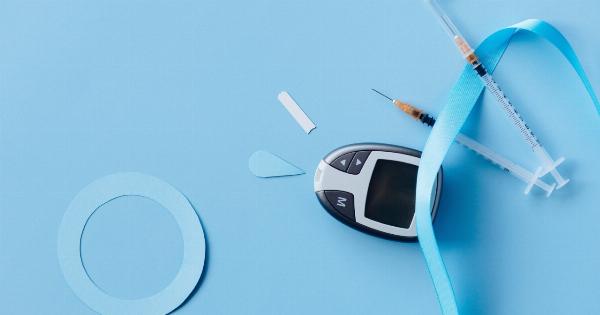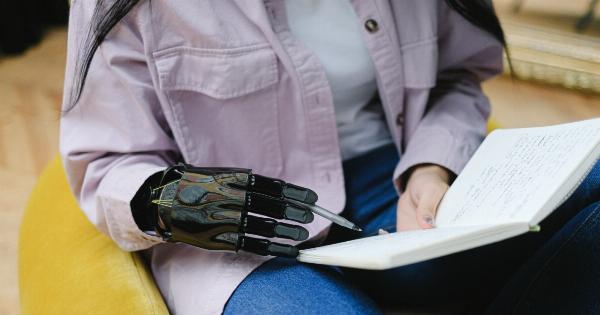The advancement in technology has pushed healthcare services to a new level over the past few years. Innovations such as telemedicine and wearables have shown promise in improving medical services and patient outcomes.
However, 3D organ printing has the potential to be the most revolutionary innovation of all. This article explores how 3D organ printing is revolutionizing patient treatment.
What is 3D Organ Printing?
3D printing technology involves creating three-dimensional solid objects from a digital model by layering materials, such as plastic or metal, on top of each other until the object is complete.
However, 3D organ printing, also known as bioprinting, involves using human cells and biomaterials to create human organs that can be transplanted into patients in need.
The potential benefits of 3D organ printing are immense, especially since there is a shortage of organs available for transplant.
According to the National Kidney Foundation, there are currently over 121,000 people on the waiting list for organ transplants in the United States alone. However, less than 1 in 3 individuals receive the organ they need, leading to thousands of preventable deaths each year.
How Does 3D Organ Printing Work?
The process of 3D organ printing involves three main steps:.
Step 1: Creating a Digital Model
The first step is to create a digital model of the organ that needs to be printed. This is done using advanced medical imaging technology, such as CT scans or MRI scans, which provide a detailed 3D image of the organ.
The digital model is then used to create a blueprint for the organ printing process.
Step 2: Bioprinting the Organ
The second step involves the actual bioprinting process. The digital blueprint for the organ is loaded onto the printer, which then uses human cells and biomaterials to print the organ layer by layer.
The biomaterials are usually made up of collagen, gelatin, or other organic materials that mimic the structure of human tissue. Once the organ is printed, it is placed in an incubator to allow the cells to grow and mature properly.
Step 3: Transplantation
The third and final step involves the transplantation of the 3D printed organ into the patient in need.
This step is still in the experimental stages, and there are many regulatory hurdles to overcome before 3D printed organs become a mainstream medical treatment. However, clinical trials have already begun for 3D printed kidney and liver transplants, and early results have been promising.
The Advantages of 3D Organ Printing
The potential advantages of 3D organ printing are numerous:.
- Reduced wait times for organ transplants: With 3D organ printing, there is no need to wait for a suitable donor organ to become available, leading to shorter wait times for transplants.
- Customized organs: 3D printing makes it possible to create organs that are tailored to the specific needs of each patient, reducing the risk of organ rejection.
- Reduced risk of infection: Since 3D printed organs are made from human cells, the risk of infection or rejection is lower than with donor organs.
- Reduced costs: 3D organ printing has the potential to reduce the cost of organ transplants, making them more accessible to patients who may not be able to afford traditional transplants.
Current Applications of 3D Organ Printing
While 3D organ printing is still in the experimental stages, there have been several successful clinical trials and applications of the technology:.
- 3D printed heart valves: Researchers at Harvard University have developed a 3D printing technique that allows them to print living heart valves using a patient’s own cells. This method reduces the risk of rejection and infection and could be used to replace damaged or diseased heart valves.
- 3D printed liver tissue: Researchers at the University of California, San Francisco, have successfully printed liver tissue that can be used to test new drugs and treatments for liver disease.
- 3D printed bones: 3D printing has been used to create customized bone implants for patients with injuries or defects, reducing the need for traditional bone grafting procedures.
- 3D printed skin: 3D printing has been used to create skin grafts for burn victims and others with severe skin damage. The process involves using a patient’s own skin cells to create a personalized skin graft.
The Future of 3D Organ Printing
While 3D organ printing is still in the experimental stages, the potential for this technology is immense. As the technology improves, it is likely that 3D printed organs will become a mainstream medical treatment.
Some of the potential future applications of 3D organ printing include:.
- Printing entire organs: The ultimate goal of 3D organ printing is to be able to print entire organs that can be used for transplantation. While this is still a long way off, researchers have already made significant strides in this area, with clinical trials for 3D printed kidney and liver transplants underway.
- Printing replacement limbs: 3D printing has already been used successfully to create prosthetic limbs, and it is likely that this technology will be used to print replacement limbs for patients with amputations or other injuries.
- Creating personalized drugs: 3D printing could be used to create customized drugs that are tailored to a patient’s specific needs, reducing the risk of side effects and improving treatment outcomes.
Conclusion
3D organ printing has the potential to revolutionize patient treatment in a way that no other technology has before.
While the technology is still in the experimental stages, early results have been promising, and the potential applications of this technology are immense. As 3D organ printing technology improves, it is likely that we will see more successful clinical trials and applications of this technology, leading to improved patient outcomes and a brighter future for the field of medicine.



